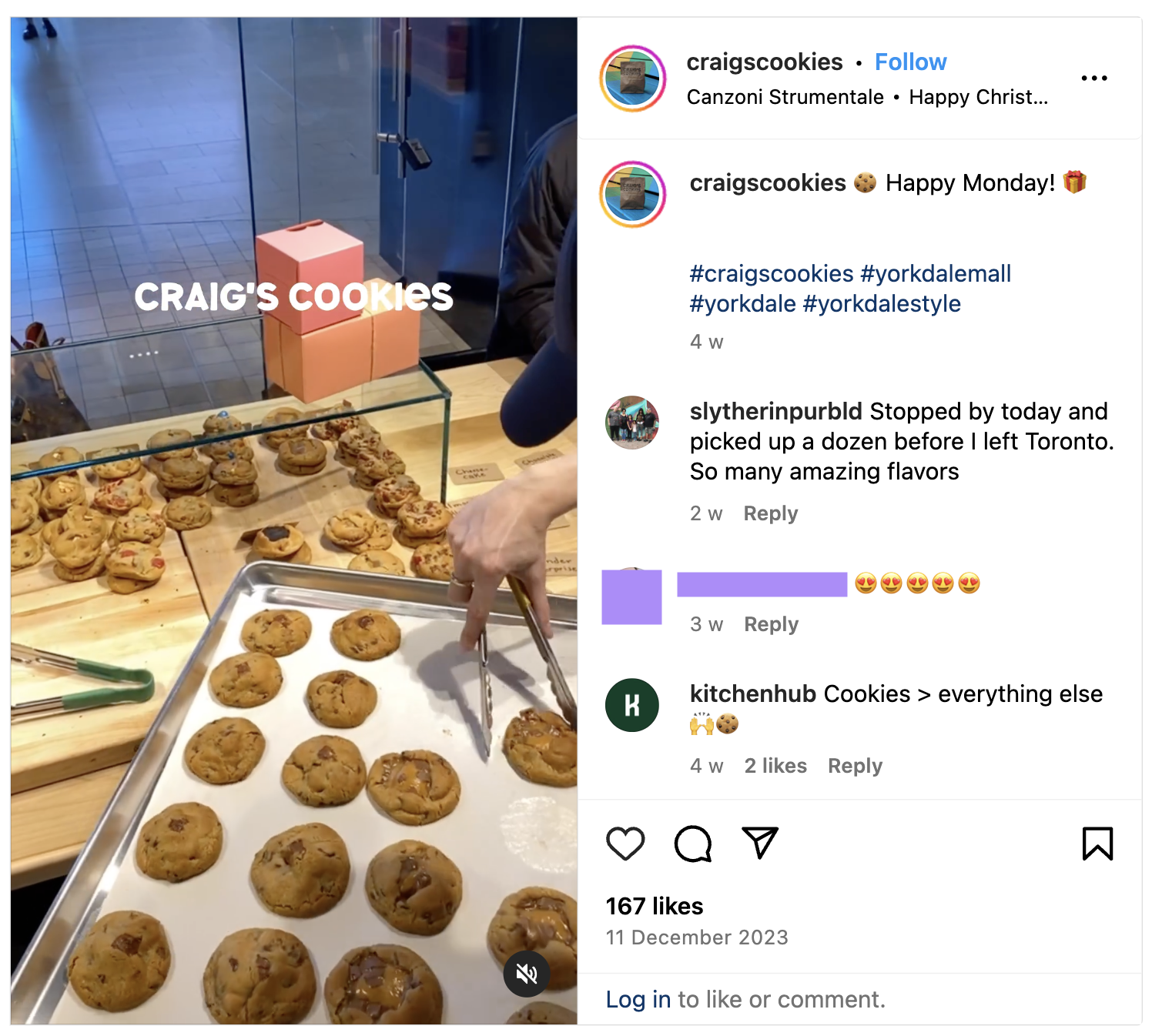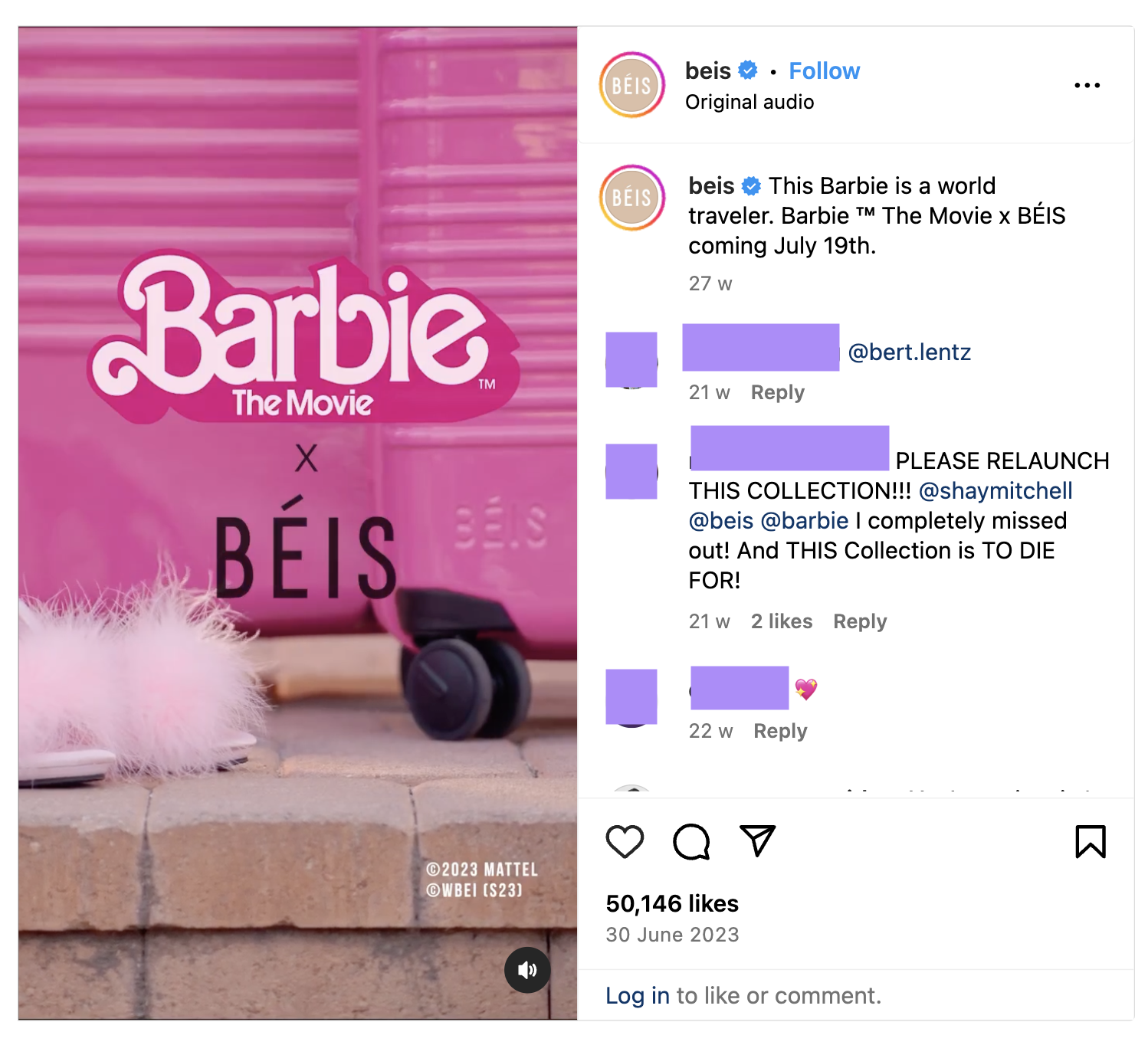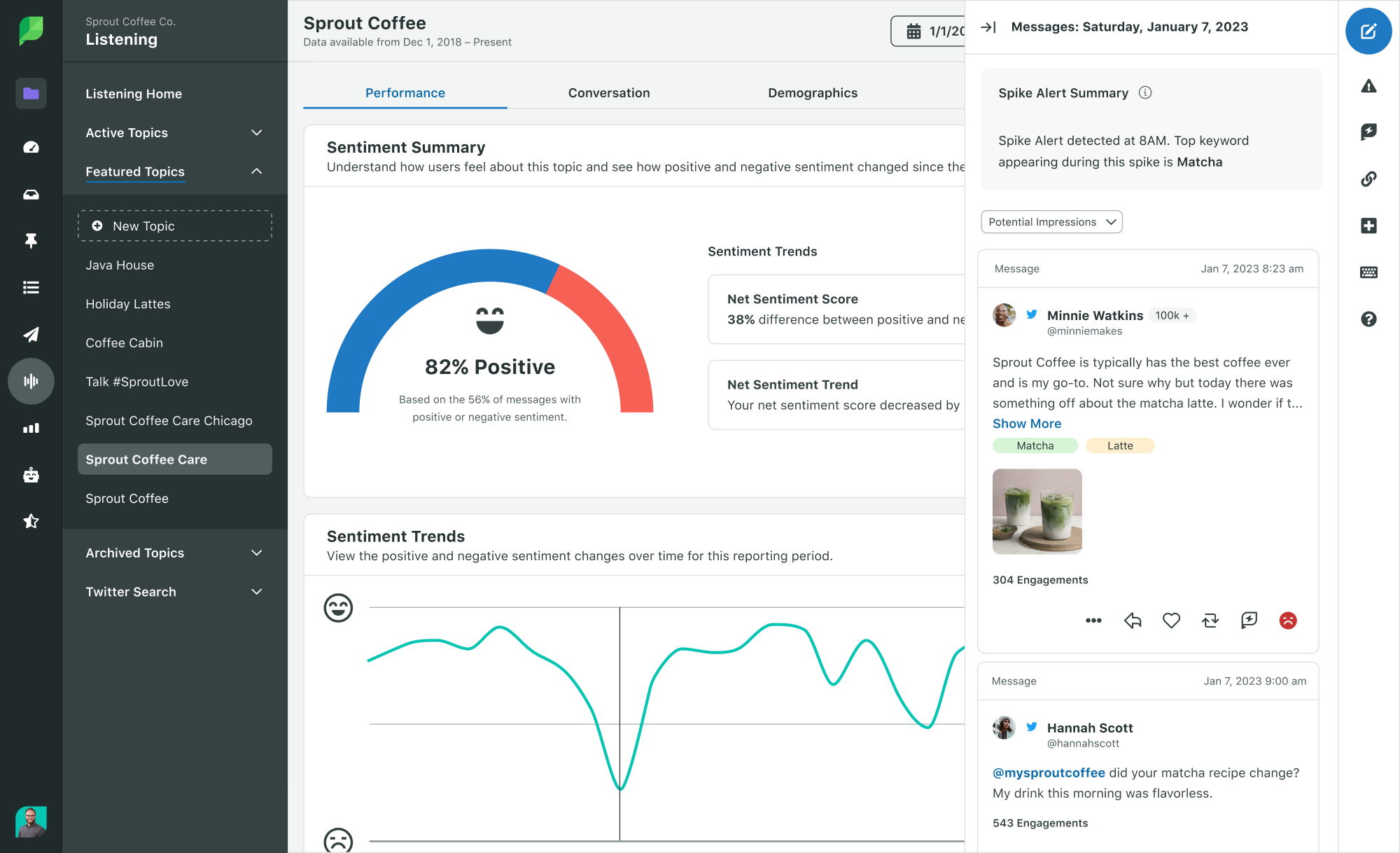Brand awareness is like a mental shortcut. You see a logo, hear a jingle or spot a particular color and instantly particular brand associations spring to mind. But measuring something as intangible as that can be tricky. How exactly do you quantify the impact of your brand in people’s minds?
That’s where metrics come in. They capture the subtle yet significant impressions your brand leaves. From social media mentions to searches, these metrics reveal the extent of your brand’s presence and influence.
In this article, we’ll highlight 10 metrics to show you how to measure brand awareness and explain why you should measure it.
Why you should measure brand awareness
Brand awareness is a make-or-break factor in a customer’s decision-making process. If you’ve heard of a brand, you’re more likely to try it. That’s the power of brand awareness—it shapes both recognition and perception and influences every customer interaction. In particular, measuring brand awareness helps you:
Evaluate your marketing efforts
Are you seeing a higher conversion rate from targeted social media ads compared to last quarter? Is the influencer partnership driving more brand mentions and positive sentiment online?
These are questions you might’ve asked yourself more than once. Measuring brand awareness quantifies your influence and tells you if you’re getting the most bang for your buck.
For example, your brand awareness may have improved if brand mentions increase following a viral Instagram post from an influencer.
Hairbrush brand, Tangle Teezer, collaborated with pet influencer @Noodle and Tilde to show how well their Pet Teezer brush works on dog fur.
The post did quite well, with around 680K plays and 14K likes, as of writing this article.
Looking at data from popular posts provides insight into the most effective social media platforms, post types and influencers that best promote your brand to a wider audience. You can then put more eggs in the baskets that show the most promise.
Gauge customer trust and loyalty
When customers consistently choose your brand over others, it’s a clear sign they trust you and are loyal.
Loyal customers don’t just buy your products—they become brand advocates. They recommend you to friends, leave positive reviews and stick with you even when competitors offer something new.

Tracking when social media engagements—comments, shares and mentions—spike reveals a lot about how customers perceive and interact with your brand.
This, coupled with positive customer interactions and repeat purchases, signals strong customer trust and loyalty to your brand.
Better understand your competitive positioning
Knowing how familiar your target audience is with your brand versus others gives you a clear picture of where you stand.
When measuring brand awareness, think of it as a popularity contest where you find out who’s leading the race. Are you the go-to choice or do you need to do more to climb the ranks?
This isn’t just about bragging rights. Knowing where you stand exposes market gaps and opportunities.
If your brand awareness is high in a certain demographic but low in another, you’ve found a potential growth area. On the flip side, if a competitor is dominating a segment, it’s time to rethink your strategy there.
For example, Abercrombie & Fitch rebranded itself to include more inclusive styles and prioritized creating wardrobe staples.
Abercrombie listened to how audiences were reacting to their brand. They knew what clicked, and what didn’t, so they could make better decisions about their brand direction.
Inform strategic partnerships and alliances
You attract the right partners when your brand is recognizable and reputable.
It’s simple—the more aware people are of your brand, the more appealing you are to potential allies. Whether co-branding, sponsorships or collaborative projects, a well-known brand is a huge draw.
The Barbie movie, for example, had its pick when it came to endorsements and partnerships, all because it’s a universally recognized and cherished brand. Brands lined up for the opportunity to be associated with it, using the widespread recognition and positive sentiment that Barbie holds.
Luxury luggage brand, Beis even jumped on the opportunity to release a line of Barbie-inspired luggage.

This kind of strategic alliance is only possible when you have a strong grasp of your brand’s market awareness and reputation.
10 metrics for measuring brand awareness
Brand awareness happens early in the buyer’s journey and often has an indirect impact on business success. This is why brands often struggle with measuring brand awareness accurately.
There are 10 key brand awareness metrics to track for a clear picture of your brand’s health and impact. Each of these metrics offers a unique perspective on your brand’s presence in the minds of consumers.
1. Customer sentiment
Customer sentiment is the emotional tone behind customer opinions and attitudes towards your brand. It gives you a peek into how people feel about your business—are they happy, frustrated or indifferent?
A sentiment analysis of reviews, social media comments and feedback surveys identifies areas that excite customers and those that need work.
Sprout’s social listening tools gather and analyze customer sentiment across millions of conversations online. You can also get alert notifications if there’s a spike in your brand mentions. Here’s what these insights look like on our dashboard:

This snapshot measures the impact of your actions—whether a new product launch, a marketing campaign or a change in customer service approach. Trends in sentiment alert you to emerging issues before they become major problems or confirm your changes are working.
Taking note of these emotional cues helps you shape the narrative around your brand, ensuring it stays positive and top of mind.
2. Branded search volume
Are customers searching for your business by name? Or are they searching for generic terms that lead them to you?
Branded search volume is the frequency people search for your brand name specifically. This metric is a direct indicator of brand recall and recognition. High branded search volume shows you’ve made a strong enough impression for them to remember and seek you out specifically.
Sprout’s Listening tool enables you to build listening queries with branded keywords to find relevant conversations around your brand and products. Extend this further to include competitors and industry conversations to see how you stack up against the competition.

This has a multifold effect: it enables you to participate in conversations, control the narrative if it takes a negative turn and improve your presence. All of this helps you figure out how to measure brand awareness and boost it more holistically.
It helps ensure you remain a dominant and proactive presence in customer conversations.
3. Customer surveys
Customer surveys involve directly asking your audience about their knowledge and perception of your brand.
Surveys give you unfiltered insights straight from the source—the customer. You’re not guessing or interpreting data—you’re getting clear answers.
Plus, you can tailor surveys to measure both brand recognition (do they know your brand?) and brand recall (can they remember your brand without prompts?).
Sprout’s Customer Feedback Report aggregates all customer satisfaction ratings collected via X (formerly known as Twitter), Instagram and Facebook Feedback survey responses.

Use it to gain visibility into each response, identifying strengths and weaknesses based on individual responses, trends and patterns. Also aggregate trend and agent-level insights to get a direct measure of how well your brand resonates with your audience.
4. Google Trends data
Google Trends data is another great way for measuring brand awareness because it tells you how often people search for your brand over time. For example, check if more people are searching for your brand name now compared to six months ago. Or, seasonality in interest. For example, do searches for your brand go up during certain times of the year? If so, capitalize on that with timely marketing campaigns.
Comparing your brand’s search interest with competitors also gives you a clear picture of where you stand.
5. Share of Voice (SoV)
Share of voice (SOV) is all about understanding your brand’s slice of the market pie. It measures how much you’re dominating the conversation in your industry.
The more market share you have, the more influential and authoritative your brand becomes to both current users and potential customers.
SOV reveals where you stand against competitors and how to boost your presence. Suppose you’re strong in social media engagement but lagging in press mentions. Knowing this refines your strategy and positions you for a bigger and better share of the conversation.
Sprout’s listening tools track and analyze your brand’s presence across social media platforms.

The Topic Summary section highlights metrics like average positive sentiment, total engagement and total unique authors. Use this data to monitor trends, identify patterns and assess emotional responses to specific keywords, hashtags, brands or industries.
Use these insights to participate in the conversation and steer it in a direction that benefits your brand.
6. Earned media
Earned media is another method you can use when figuring out how to measure brand awareness. It’s the coverage your brand gets without paying for it—mentions in news articles, reviews, blog posts and social media shoutouts. It shows how much others talk about your brand organically.
It’s like a vote of confidence from the public. When others talk about your brand, it amplifies your reach and credibility. Monitoring the amount and sentiment of these mentions gives you a sense of how well-known and respected your brand is in the market.
Monitoring your brand mentions and keywords on social media is a great way to track earned media data. Reshares, reposts, you name it, they’re all different types of earned media that contribute to your brand awareness.
Track these in Sprout to keep a pulse on your overall social presence and every time someone mentions or shares your brand.

7. Referral traffic and backlinks
Referral traffic and backlinks are all about how often people arrive at your website through external links from other sites.
Tracking referral traffic shows you which external sources—like blogs, news sites or social media platforms—drive people to your site. High referral traffic from reputable sources boosts your website’s visibility and improves your brand’s credibility. If lots of sites link to you, it signals others are talking about and value your brand.
Plus, if these referrals are from industry influencers or thought leaders, that’s a strong endorsement of your brand’s authority.
8. Search traffic
The number of people finding your website through search engines reflects how often people actively seek out your brand or the solutions you provide. This means your brand is top-of-mind for customers with relevant needs, which makes it a smart way of measuring brand awareness
It shows your marketing efforts, especially in SEO and content marketing, directly contribute to your brand visibility in search engine results.
Use this metric to measure how well your brand is penetrating the market and identify opportunities to further improve visibility and awareness.
9. Conversions
Conversions represent when interest transforms into action—like when a browser becomes a buyer or a follower turns into a customer. Track conversions to determine not just how many people know about your brand, but how many interact with it.
High brand awareness often leads to higher conversion rates. When people recognize and trust your brand, they’re more likely to leap from consideration to purchase.
Using tools like Google Analytics to report and track conversions adds a layer of precision to understanding your brand’s impact. Conversion reports in Google Analytics provide detailed insights into each conversion event, whether from lead form submissions, email subscriptions, unique page views or sales.
Plus, integrating these metrics quantifies your team’s performance across various social channels and accounts. It lets you track trends, identify what’s working and troubleshoot lagging areas where your website or content isn’t performing well.
10. Social media engagement
When people interact with your content through likes, comments, shares and saves, it shows they’re interested in what you share. When you’re deciding how to measure brand awareness, make sure to take these metrics into account.
The more people engage with your content, the more the algorithm shows it on others’ feeds, increasing your brand’s visibility. Tracking these interactions gives you a direct measure of how captivating and relevant your content is to your audience.
Sprout aggregates these interactions across different social platforms to give you a comprehensive view of your overall social media engagement.

With data from various channels, identify content types and peak engagement times. Use these insights to plan content that maximizes engagement and reinforces brand awareness.
Master how to measure brand awareness and outshine competitors
Tracking metrics like engagement, reach and sentiment guide you where to focus your efforts, refine your messaging and better connect with your audience. A data-driven approach to improving your brand awareness ensures that every strategy you implement is grounded in real insights.
Start measuring your brand awareness with a free 30-day trial of Sprout Social to understand where your brand stands and how to amplify your brand’s voice.